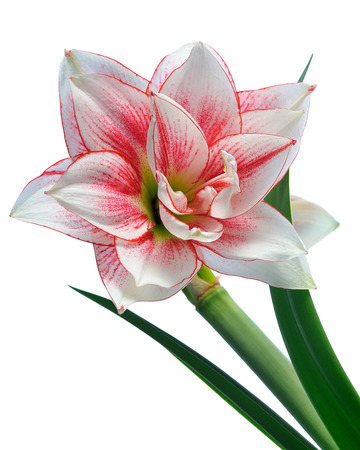The lesser known Amaryllis Belladonna are hardy in most parts of the U.K. The Amaryllis we cover here however are originally from the tropical regions in South America. They therefore need a much cosier upbringing. They are more correctly known by their botanical name Hippeastrum.
The giant bulbs are purchased in autumn or winter, either potted or loose. They are often given as Christmas presents. However special prepared bulbs can be obtained for earlier potting to bring into bloom for the festive period. Their many hybrids come in pink, red, white, orange and striped flowered forms.
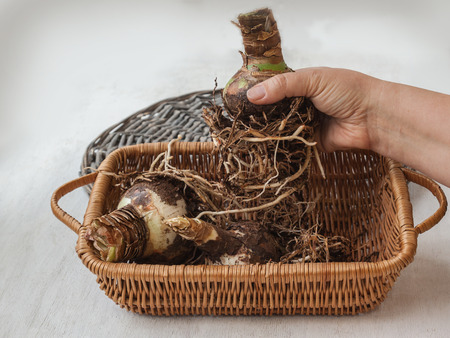
When bulbs are received they should be stored in a fairly cool place until you are ready to bring them into growth. Remember the bulbs can be harmful if eaten. Pot your bulbs, if not already potted on receipt, into a five to seven inch or thirteen to eighteen centimetre pot, in a quality, free draining multipurpose compost, point upwards. The top third of the bulb should remain exposed.

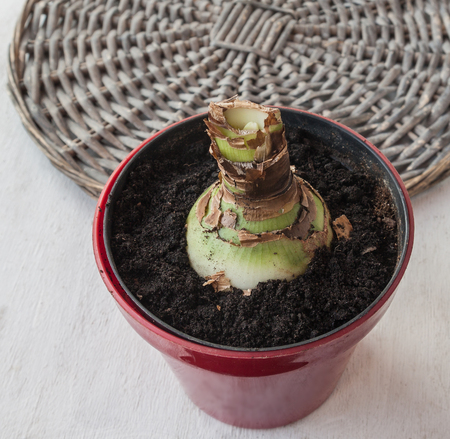
Potting in a lightweight pot may mean the heavy flowers later cause the plant to fall over. Putting the pot into a heavier ceramic pot cover can remedy this, but take care not to allow excess water to gather in the pot cover. This can lead to fatal overwatering. Bulbs can be brought into growth from October onwards. Successional potting of multiple bulbs at fortnightly intervals can provide a very long display of flowers in the home.
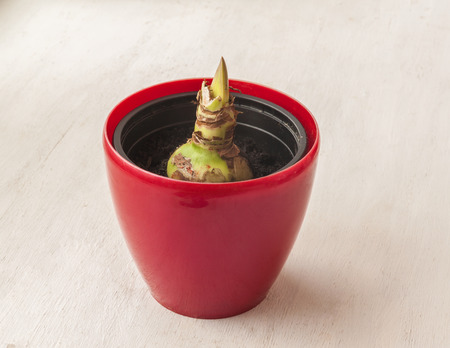
Water the compost sparingly until growth begins and keep the plant in a warm conservatory or room at a temperature of at least sixty to seventy degrees Fahrenheit or sixteen to twenty-one degrees centigrade, replicating their tropical origins. Your plant will require bright light but prefer little direct sunlight. As growth starts increase the watering and feed weekly with a liquid house plant feed. Turn the pot occasionally to prevent the stem leaning towards light.
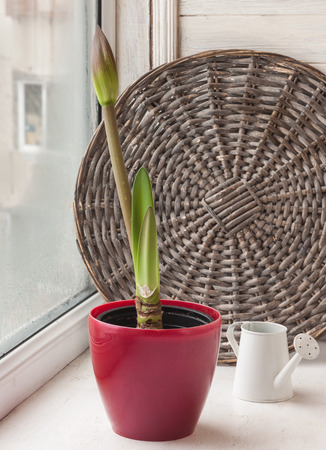
After approximately eight to twelve weeks, depending on the variety, your bulb will burst into resplendent bell shaped blooms. It awakes from its slumber to perform its floral trumpet fanfare whilst many of the outdoor garden plants are at their dullest. The plant can then be kept very slightly cooler to prolong flowering. The heavy flowers may require the stem to be staked with a cane. Misting with water, though not essential, can be beneficial.
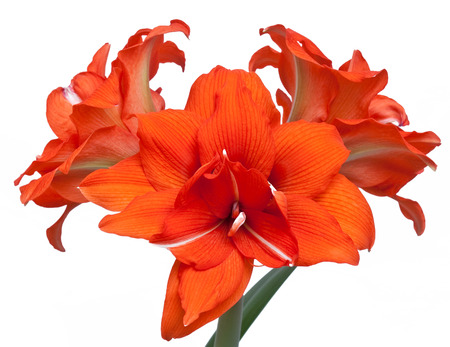
After the flowers have faded, strap shaped leaves will appear which will help to build up the bulb for successive years. Watering and feeding should continue at this time and the stem should be cut down to within an inch of the bulb’s neck.
When the leaves begin to yellow, the foliage can be removed. The pot can now be placed in a cooler room or outside if night temperatures are above fifty degrees Fahrenheit or ten degrees centigrade. Light is not essential during this dormant period and the bulb can be kept dry.
When you require the bulb to come into new growth, bring it back into a warm place and resume watering and feeding. The bulb will need to be re-potted into a slightly larger pot every couple of years. If the above instructions are followed once again the plant will give you many years of pleasure. The larger the bulb becomes, the more flower stems will be produced.
New plants can be propagated from seed. However it will take up to six years for the seed to turn into a flowering plant. Therefore many find it preferable to allow the professionals to cultivate the new bulbs. Propagation from offsets is quicker if you wish to try your hand at propagation. Too little water and low night temperatures can lead to bud drop. However, other than that, Amaryllis are one of the easiest and most rewarding of house plants.
Mark Snelling.
If you have enjoyed reading our blog post then why not fill in the form provided to allow us to send you our blog posts and newsletters by email.
All images copyright Gardenforpleasure.co.uk

